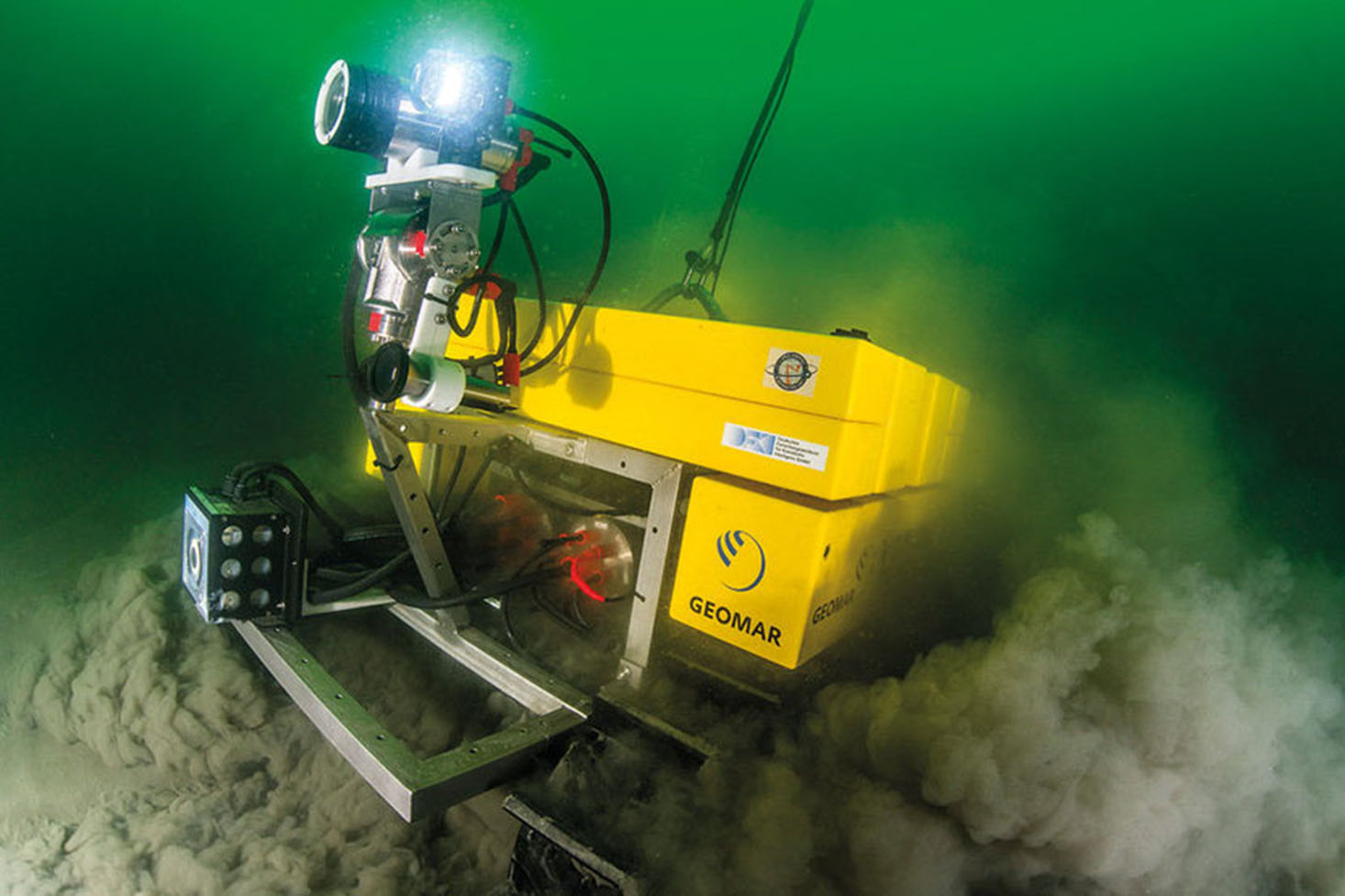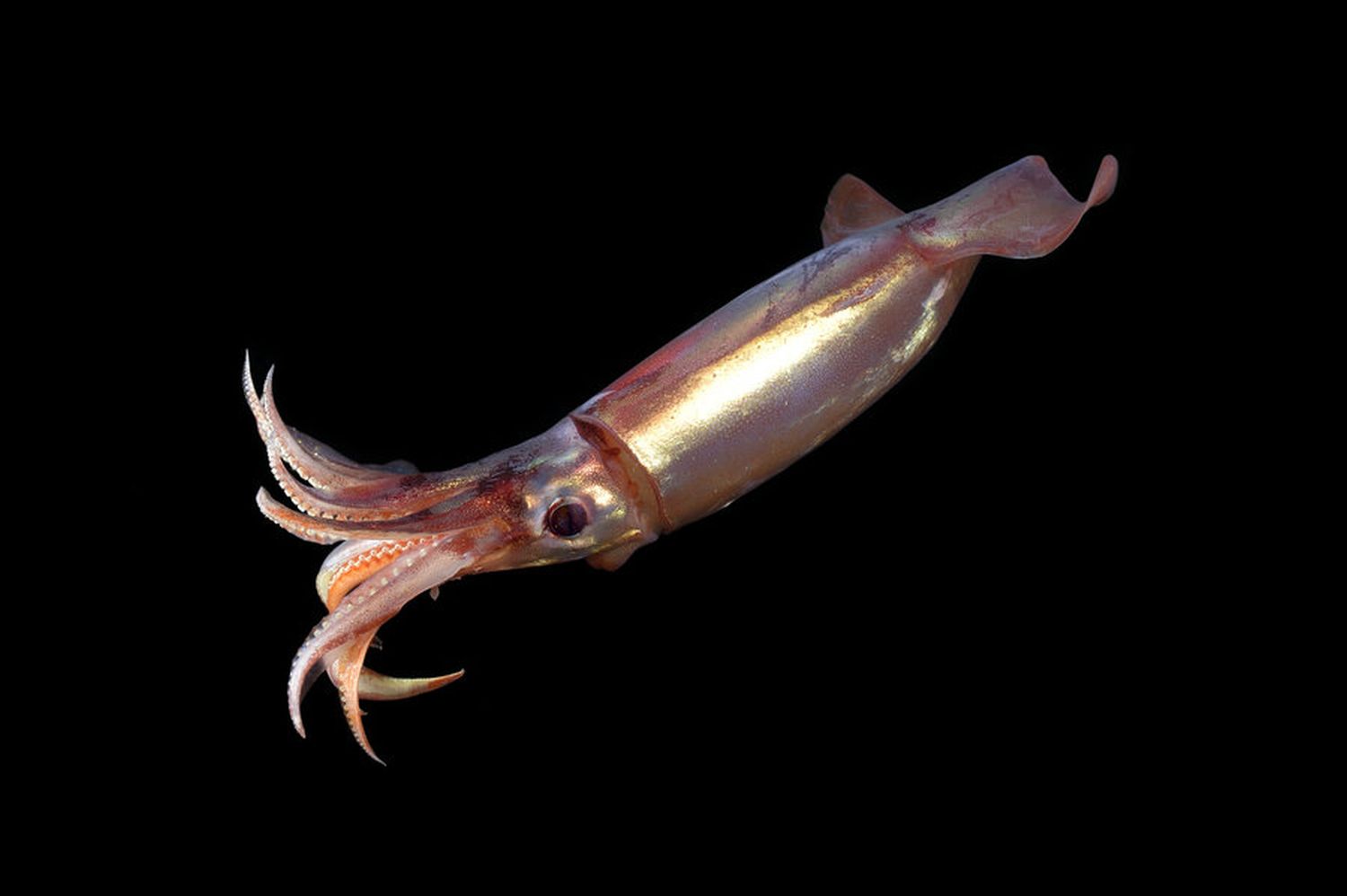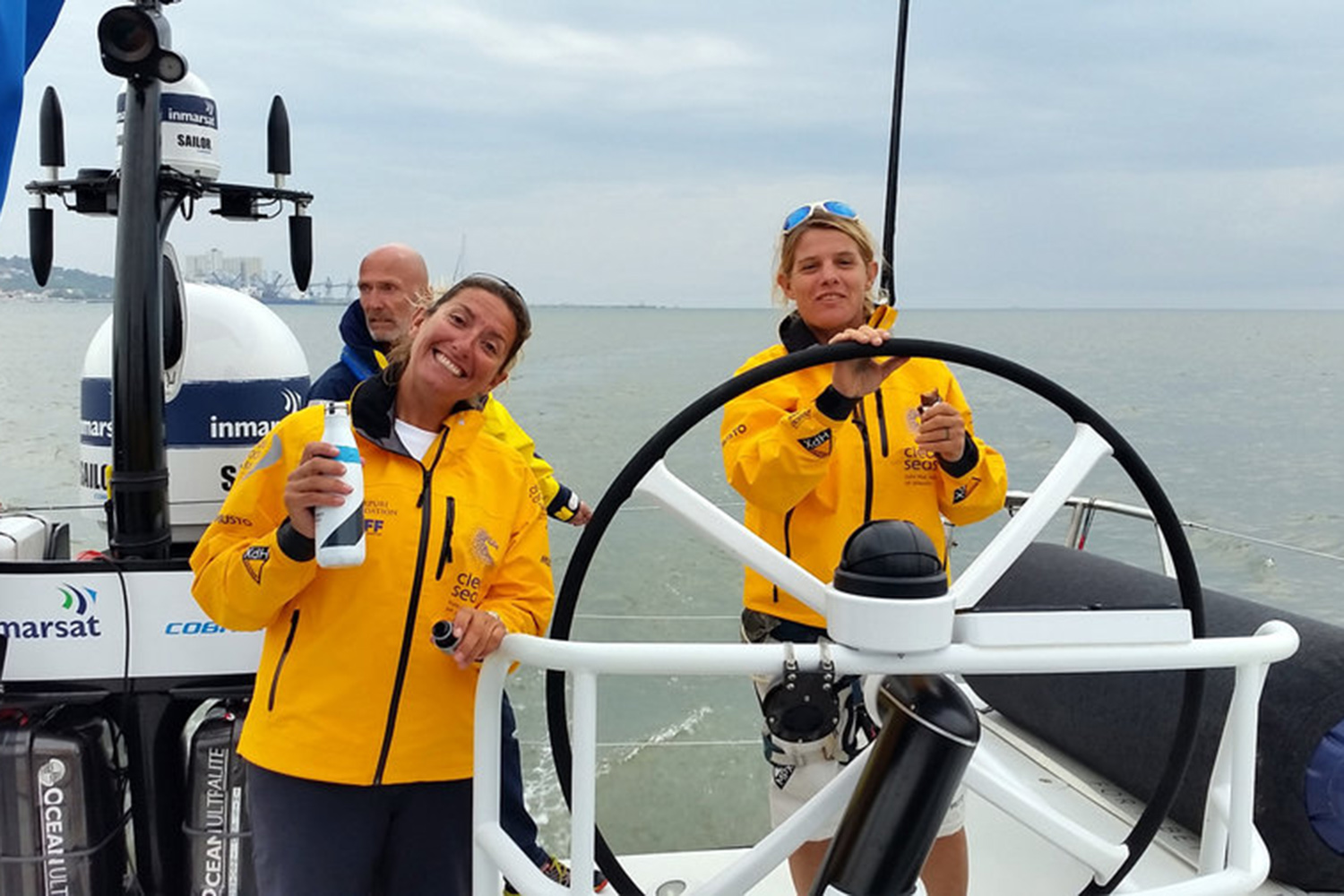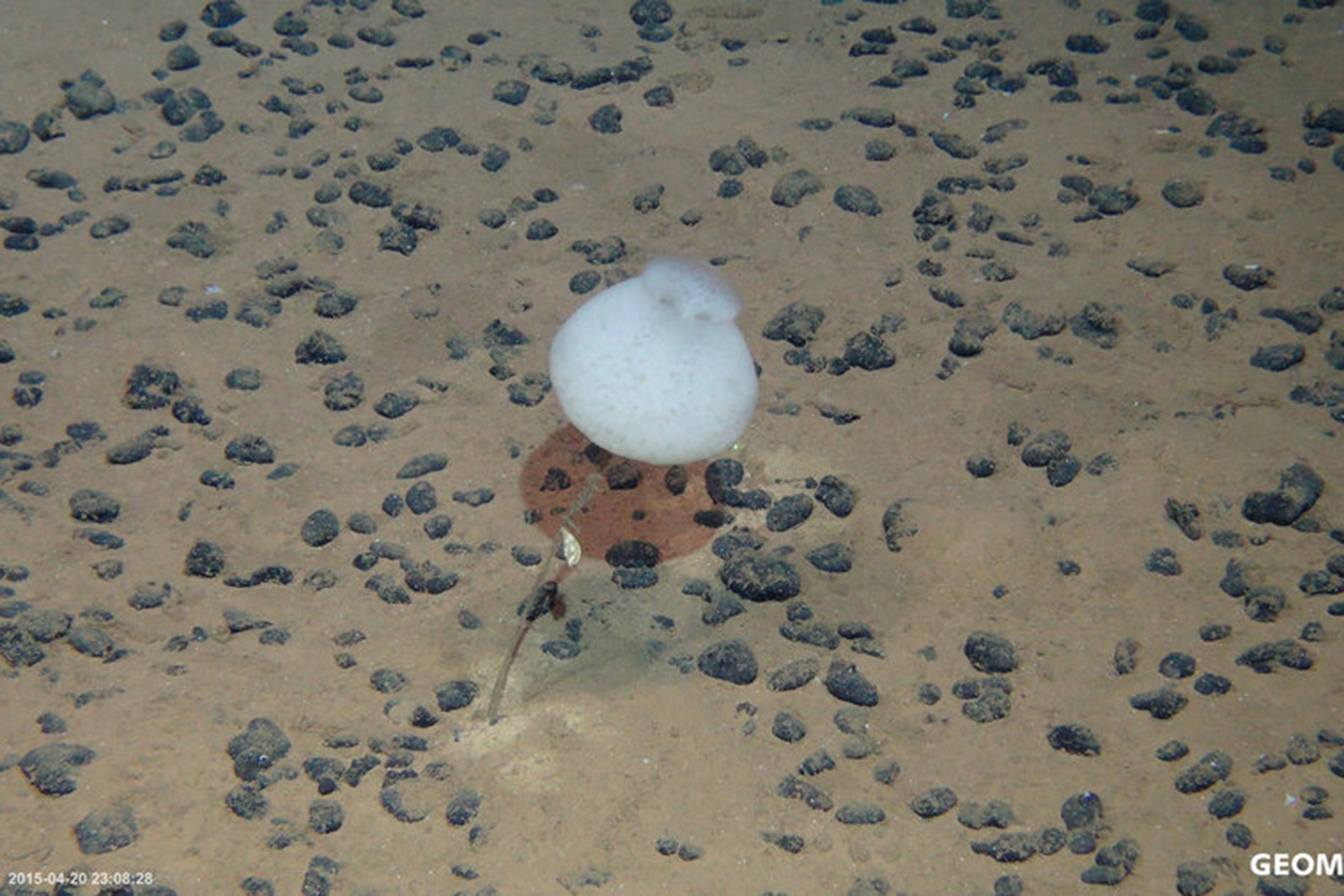This includes the Crawler VIATOR which was co-developed by the GEOMAR Helmholtz Centre for Ocean Research Kiel and is meant to explore the sea floor from its docking station MANSIO. The objective of ROBEX is to develop new technologies for the exploration of areas which are difficult to access and have extreme environmental conditions.
Extreme environmental conditions exist both in space and in the deep sea – so extreme that humans cannot explore them without sophisticated technology. At the same time, both stimulate the human thirst for knowledge precisely due to the many secrets hidden there. And both present the prospect of discoveries which could also be of great significance to the life of humans on the Earth's continents.
Therefore, an alliance has formed within the Helmholtz community which promotes "Robotic exploration under extreme conditions": ROBEX. Experts from deep sea and space research from a total of 16 partner institutes in Germany have gotten together for this purpose. The GEOMAR Helmholtz Centre for Ocean Research Kiel, the German Aerospace Centre (DLR), the Alfred Wegener Institute Helmholtz Centre for Polar and Marine Research (AWI) and the German Research Center for Artificial Intelligence (DFKI) are on board.
Today an expedition starts in Norwegian Tromsø with the German research icebreaker POLARSTERN during which some technologies, newly developed within the framework of the ROBEX alliance, will be tested under real deep sea conditions. The deep sea crawler VIATOR is among these. "The yellow, unnamed caterpillar is lowered from the research ship together with its lander called MANSIO. After having arrived there it drives autonomously out of the lander garage and gathers data. As soon as it needs energy or the mission is over, it should return autonomously," explains VIATOR project manager Dr. Sascha Flögel from GEOMAR and adds: "The floor of the deep sea is uneven, the view is cloudy. That makes it difficult to find the way home".
The VIATOR (Latin: the traveler) and its MANSIO (Latin: lodging) have already completed numerous practical tests in the test basin and in the Baltic Sea. The entire system was developed at the GEOMAR in cooperation with partners from industry and science. Similar systems already exist in space research: "The rover 'curiosity', by now widely known through media coverage, is also a largely autonomous robot. It gathers research data on the surface of Mars and transmits unique photos. VIATOR will complete a similar task in the deep sea," says Dr. Flögel.
"The expedition will also be particularly exciting for ROBEX space researchers, for whom it is in part the first time working on a ship," says ROBEX coordinator Martina Wilde (ROBEX stands for robotic exploration under extreme conditions). They will test further innovative key technologies together with the deep sea researchers. Two brothers of VIATOR will also prove their suitability in the deep sea: NOMAD, developed at the Alfred Wegener Institute Helmholtz Centre for Polar and Marine Research, and TRAMPER, also developed at the AWI. The former has been in use on the sea floor off Spitsbergen for one year. The scientific mission of TRAMPER is the continuous measurement of oxygen consumption on the sea floor. Every Monday it drives 15 meters over the seabed in order to reach an undisturbed area. The upcoming expedition is meant to prove that it will also surface again after so much time.
The MARUM – Centre for Marine Environmental Sciences at the University of Bremen, Airbus and the University of Wurzburg have developed a glider together, whose particular challenges lie in the construction design of the underwater flying wing and the navigation, which together will enable high-resolution spatial exploration of the upper ocean layer. Enhanced unmanned aircrafts from AWI and the University of Wurzburg should support AWI's autonomous underwater vehicle PAUL in navigation in regions which are difficult to access and covered in ice.
Moreover, the "Lab on a Chip" will be tested, a highly integrated, miniature analyzer for chemical measurements which can be installed in different underwater technologies as well as in future space systems. All these new developments can be assisted and observed by GEOMAR's ROV KIEL 6000, a remote-controlled underwater vehicle with video and camera systems. "If one of the newly developed instruments does not work as planned, we will be able to retrieve the expensive technology," says ROV team leader Dr. Friedrich Abegg from GEOMAR.
On this Polarstern expedition, space and deep sea researchers will break new ground with many of their new technologies. "The cooperation in the Alliance is very exciting for both sides because we can learn so much from each other," reports Martina Wilde. The ROBEX coordinator hopes that the deep sea demonstration mission will become as successful as the tests of the space technologies which took place on Mount Etna in June 2017.
Links:
www.robex-allianz.de/tiefsee-kettenfahrzeug/viator/ Crawler Viator
https://youtu.be/_eq05QcBSFY Development Viator
www.oceanblogs.org/oceannavigator/2017/01/18/viator-schone-gruse-vom-meeresboden/ Blog about Viator activities
https://blogs.helmholtz.de/polarstern/ Polarstern Blog
Contact:
Dr. Andreas Villwock (GEOMAR, Communication & Media), Tel.:0431 600-2802, presse@geomar.de
…



